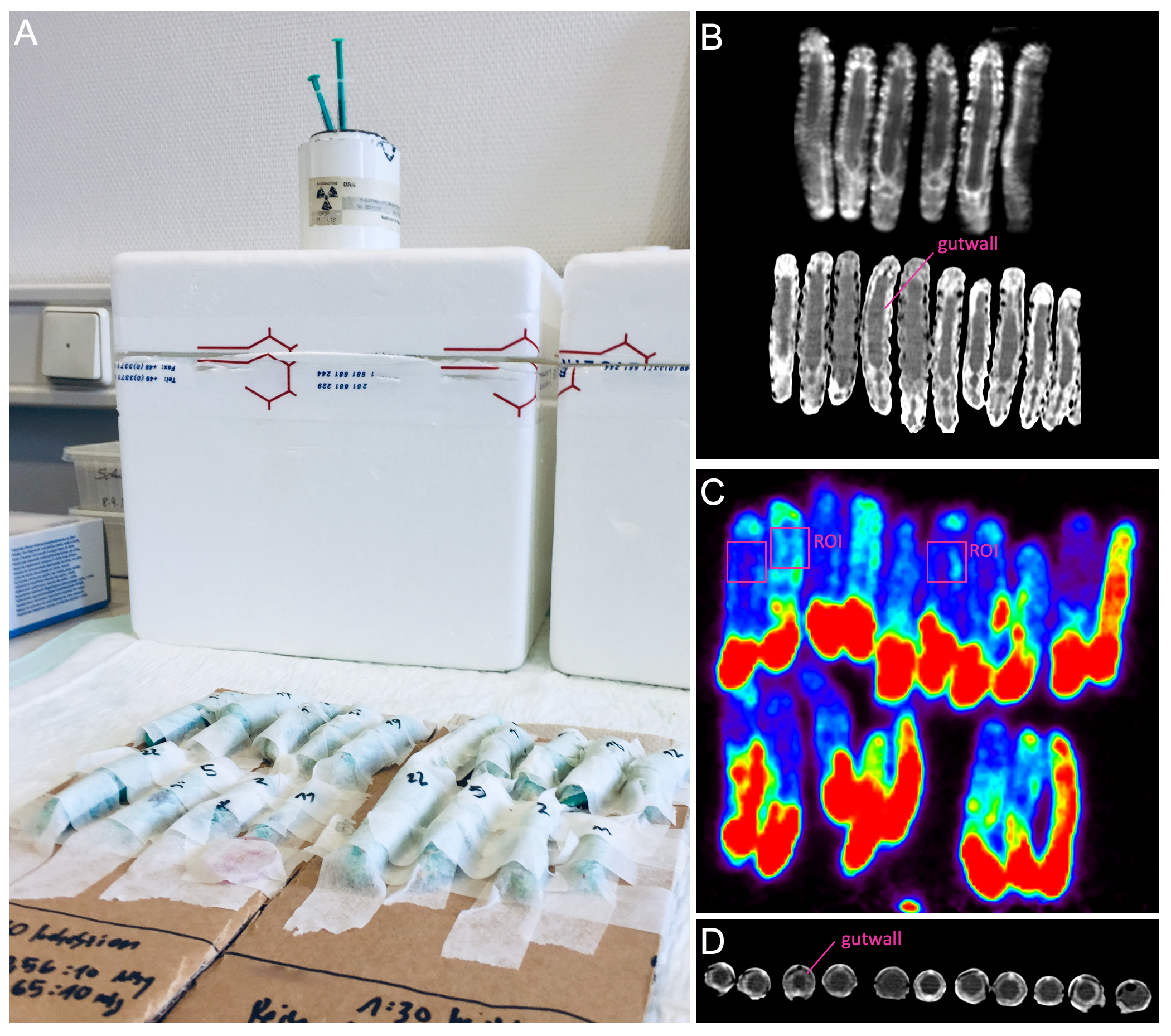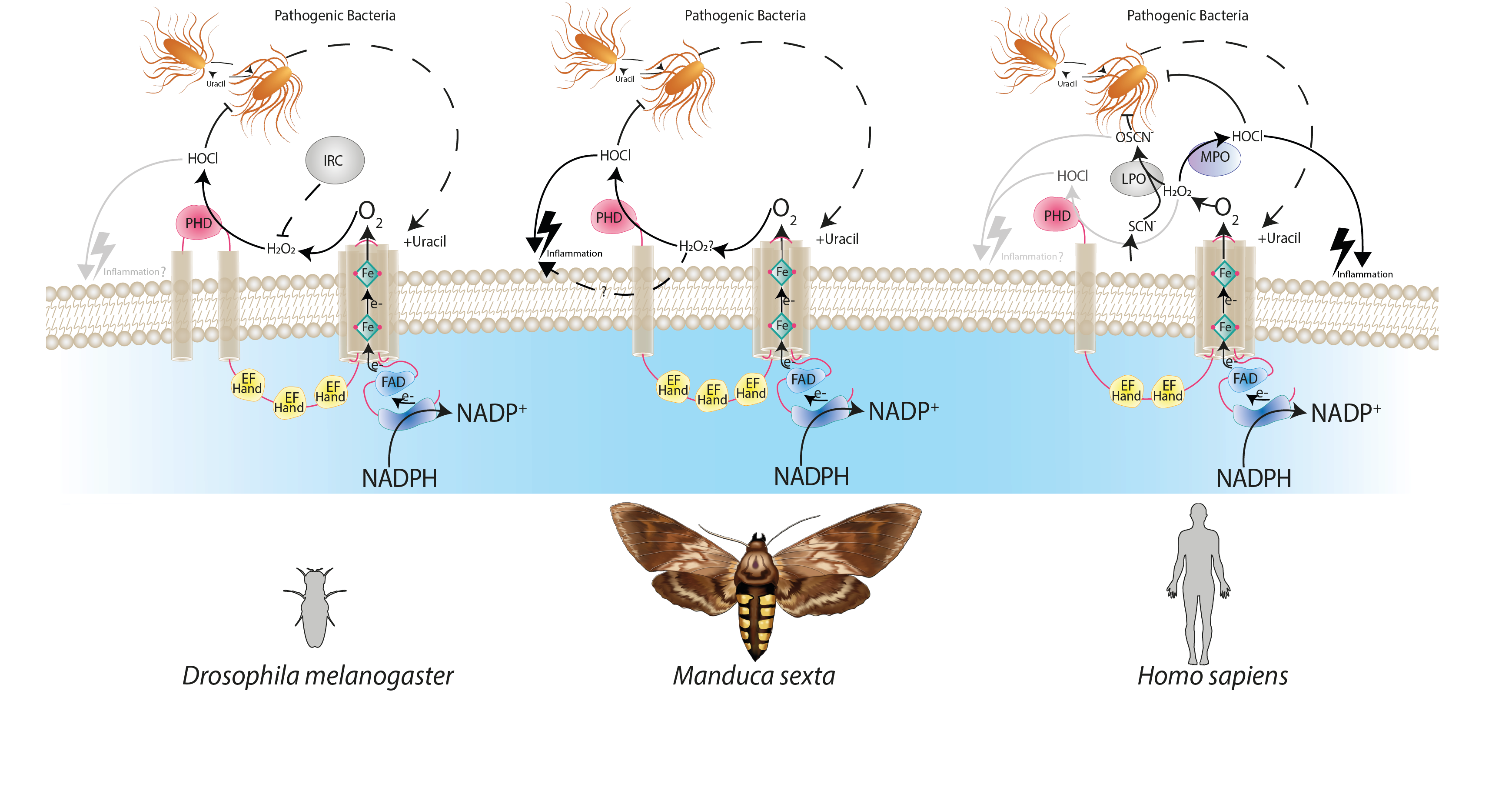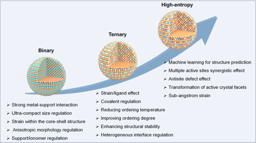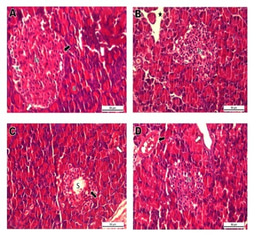Caterpillars as Alternative Animal Models for Inflammatory Bowel Disease
Published in Healthcare & Nursing

Small mammals like mice or rats are indispensable for preclinical research. However, growing ethical concerns led to the incorporation of the 3R principle (replacement, reduction, and refinement)1 into animal experiments legislation and research funding2. In the future, the number of vertebrate laboratory animals should be reduced, and non-vertebrate alternatives should be used where possible. Furthermore, the incorporation of the 3R principle will also economize preclinical research since insect husbandry is much cheaper than the traditional housing of laboratory mammals.

(Left) Biologist Dr. Anton G. Windfelder (with the adult M. sexta) and (Right) radiologist Dr. Frank H. H. Müller (with an L5 M. sexta larvae). © Anton G. Windfelder 2022
In that context, insect larvae like Manduca can serve as an alternative in vivo animal model. Particularly, with the high degree of evolutionary conservation in the innate immunity of the gut and similarities in the enteric epithelial structure3, lepidopteran larvae like Manduca sexta can serve as a model for human gut inflammation4,5.
In the introduced paper, we employed larvae of the tobacco hornworm Manduca sexta, which are big enough for macroscopic imaging techniques, such as computed tomography (CT), magnetic resonance imaging (MRI), and positron emission tomography (PET) as a high-throughput platform to study the innate immunity of the gut and host-pathogen interactions.

Preparation of the insect larvae and obtained multimodal high-throughput images.
(A) The larvae are anesthetized on ice; after injection of CAs or PET tracers, the animals are fixed on cardboard. Obtained coronal MRI and CT (B), PET (C), or axial CT scans (D). The gut wall is easily accessible on axial MR or CT scans (B). © Anton G. Windfelder 2022
The developed platform represents an ethically acceptable, resource-saving, large-scale, and 3R-compatible screening tool for various life science disciplines, including the identification of new effectors and inhibitors in gut inflammation, the assessment of pesticides or other environmental factors, the assessment and evaluation of new antibiotic therapies, the analysis of host-pathogen interactions, and the identification of new contrast agents or tracers in radiology. Since 75% of the known human disease-causing genes have homologs in insects, this approach will also be helpful in testing preclinical hypotheses in inflammatory bowel disease6.

Comparative illustration of DUOX in D. melanogaster, M. sexta and Homo sapiens
In insects and mammals, gastrointestinal epithelia are armed with DUOX, which produces ROS and derived acids to attack microbes. Despite slightly different mechanisms of ROS generation via DUOX in mammals and invertebrates, the gene is highly conserved across a wide range of species. It could play an essential role in gut inflammation, as shown in the present paper. © Anton G. Windfelder 2022 and © Carolin Ina Schröter 2022
1 Balls, M., Russell, W. M. S. & Burch, R. L. three Rs and the humanity criterion. (FRAME, 2009).
2 Hubrecht, R. C. & Carter, E. The 3Rs and humane experimental technique: implementing change. Animals 9, 754, (2019).
3 Galenza, A. & Foley, E. Immunometabolism: insights from the Drosophila model. Dev. Comp. Immunol.94, 22-34, (2019).
4 Lange, A., Schäfer, A., Bender, A., Steimle, A., Beier, S., Parusel, R. & Frick, J.-S. Galleria mellonella: a novel invertebrate model to distinguish intestinal symbionts from pathobionts. Front. Immunol. 9, 2114, (2018).
5 Emery, H., Johnston, R., Rowley, A. F. & Coates, C. J. Indomethacin-induced gut damage in a surrogate insect model, Galleria mellonella. Arch. Toxicol. 93, 2347-2360, (2019).
6 Reiter, L. T., Potocki, L., Chien, S., Gribskov, M. & Bier, E. A systematic analysis of human disease-associated gene sequences in Drosophila melanogaster. Genome Res. 11, 1114-1125, (2001).
Follow the Topic
-
Nature Communications

An open access, multidisciplinary journal dedicated to publishing high-quality research in all areas of the biological, health, physical, chemical and Earth sciences.
Related Collections
With Collections, you can get published faster and increase your visibility.
Women's Health
Publishing Model: Hybrid
Deadline: Ongoing
Advances in neurodegenerative diseases
Publishing Model: Hybrid
Deadline: Dec 24, 2025





Please sign in or register for FREE
If you are a registered user on Research Communities by Springer Nature, please sign in